Distance Meters & Laser Levels
Ditch that tape measure - the laser distance meter is much more accurate, incredibly easy to use and comes with the ability to measure distance values (depending on model) beyond 80m with a high degree of accuracy.
Find out more about Distance Meters & Laser Levels below.
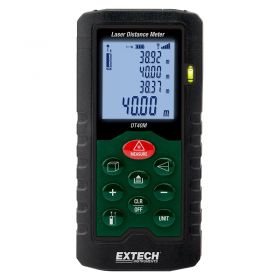
- Available in three models with different maximum ranges, choose from 40m, 60m or 100m
- Integrated 20 data point memory and bubble meter
- Automatically calculates area and volume
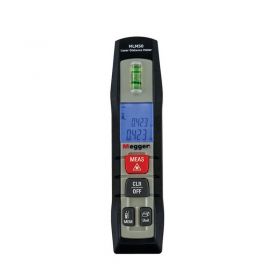
- Max range: 50m
- Single and continuous measurement modes
- Calculate area and volume
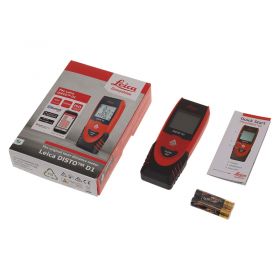
- Handheld, lightweight laser distance meter
- Two measurement settings with a range of up to 40m
- Accuracy of 2mm in good conditions
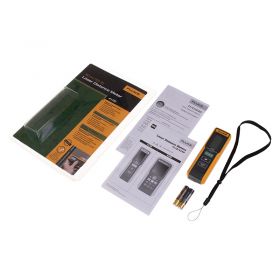

- Laser distance meter designed for indoor and outdoor applications
- Extra bright laser indicates the target area
- Measure distances up to 131ft/ 40m to an accuracy of 2mm/ 0.08”
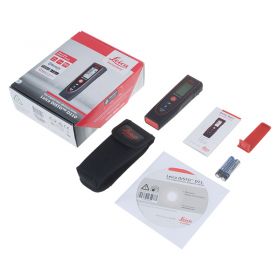
- Measure distance up to 60m
- Smallest laser distance meter on the market
- Bluetooth enabled - send your results to your phone/tablet and use the free app to create professional sketches
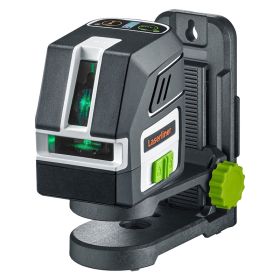
- Accurate horizontal and vertical alignment
- Easy alignment of slopes
- Time-saving automatic alignment
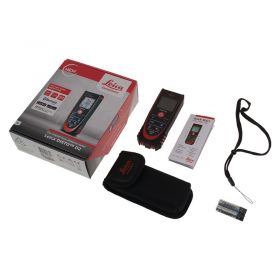
- Measure distances of up to 100m
- Bluetooth connectivity with smartphone/tablet
- Highly accurate results
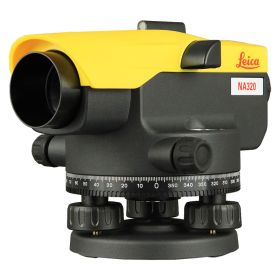
- Magnifcation options: 20 x / 24 x / 32 x
- Easy & precise targeting
- Horizontal circle with 360 division
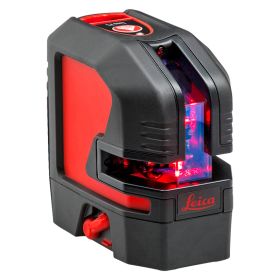
- IP54 protection class
- Horizontal and vertical laser lines
- Laser line visibility up to 25 metres
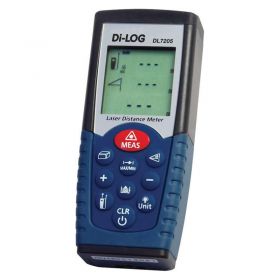
- Measurements of distance up to 50m
- Addition/subtraction, Pythagoras, area and volume calculation and other functions
- Illuminated multi-line display
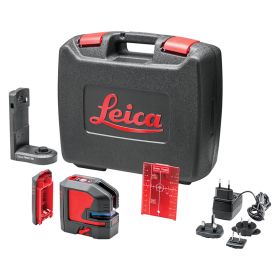
- Vertical and horizontal beam directions
- IP54 Protection
- High-precision optics
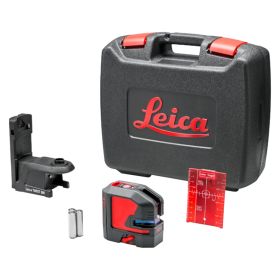
- Up, down, forward, right, leftbeam directions
- IP54 Protection
- One Button Operation
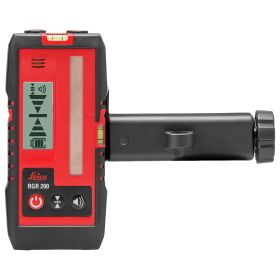
- Extends the distance range
- Easy to set up and operate
- Acoustic feedback
- Front, back and side large displays
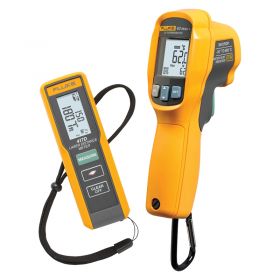

- Perform non-contact temperature measurements on mechanical and electrical equipment
- Measure distances up to 40m/ 131ft to an accuracy of 2mm/ 0.08”
- Point-and-shoot designs for easy and efficient operation
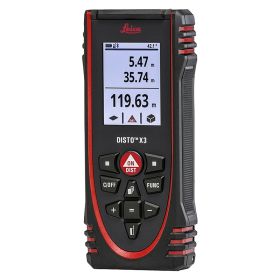
- Rugged indoor laser distance measure
- 150 m range
- Clear, illuminated 3 line display
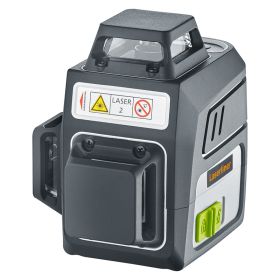
- Easy alignment of slopes
- Plumb function
- Automatic Levelling
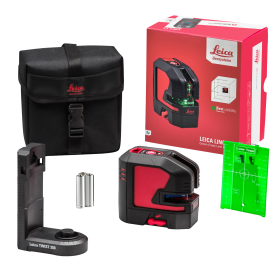
- Accuracy: ± 0.2 mm/m
- Extra long laser lines
- Automatic self-levelling
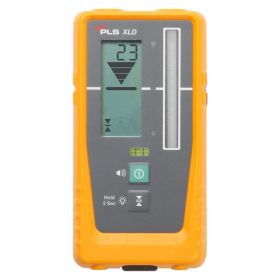

- Suitable for PLS rotary lasers
- Red and green rotary laser detector
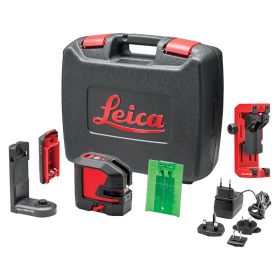
- Vertical and horizontal beam directions
- IP54 Protection
- High-precision optics
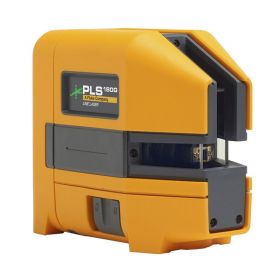

- Self-Levelling within ±4 degrees
- Line laser width: ±0.08 inches at 16 feet
- Class II laser - choice of red or green
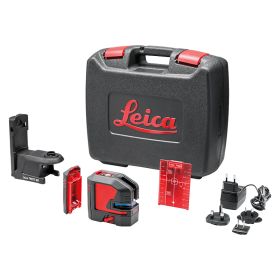
- Vertical, horizontal, up, down, right, and left beam directions
- IP54 Protection
- High-precision optics
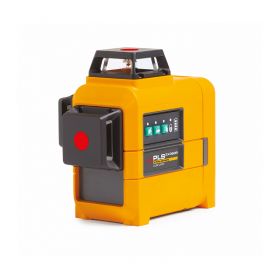

- Available as a standalone tool or as part of a kit
- Best-in-class accuracy
- Provides three separate, red, 360° fan angles
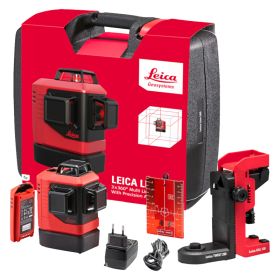
- High visibility
- Adjustable strength of laser lines
- Triple-Power concept
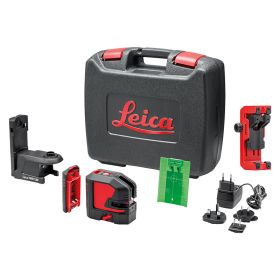
- Vertical, horizontal, up, down, right, and left beam directions
- IP54 Protection
- High-precision optics
About Distance Meters & Laser Levels
Tired of using a tape measure and getting inaccurate measurements? Laser distance meters are the solution to this problem.
These devices work by shining a pinpoint precision laser onto a surface at a distance. The distance meter then measures the exact time it takes for the laser's reflection to return to the instrument and calculates the distance based on the equation distance = ½ (speed x time). Some models of these devices use sound instead of light to measure a distance and are known as ultrasonic distance meters as they bounce ultrasound that humans can't hear and measure how long it takes to return to gain measurements.
Ultrasound meters are generally much less accurate than lasers. Lasers are strongly focused beams that are generally of a single frequency - sound waves are more likely to bounce around the environment, and require a flat surface to accurately return to the meter. Lasers don't have this problem - they can be used on such applications as pipe interiors, which usually have curved edges, without a problem.
The benefits of using a laser to measure distance compared to using a standard tape measure are massive. First and foremost, using tape measures is a pain. They're easily bent, and hard to navigate and if they aren't completely straight, measurements won't be correct. In comparison, a laser shines in a completely straight line, and most laser measuring tools are accurate within just a few millimetres. They can also be used at a much greater distance than conventional tape measures can and users can use the precision laser to accurately pinpoint exactly where the measurement should end.
The minor discrepancies with measurements can be altered by several factors such as light conditions, and there's also the factor of how steady the hand holding the meter is. Generally, distance meters are constructed to be lightweight and easy to hold in one hand, but there's still a chance a hand can shift when holding a device. To compensate for this, many laser meters can be inserted into static tripods, allowing the user to accurately pinpoint exactly where they want the beam to shine and then fix it in place.
The applications where laser determination is used to calculate distance are vast. As previously mentioned, construction workers can benefit from these devices and use them to calculate the height or distance of an object. They're also used in military applications, 3-dimensional modelling, forestry, sports, and industrial production processes and are even beneficial for use by estate agents measuring up properties and professional building surveyors. The devices used in military, industrial, and 3-dimensional modelling applications are generally more specialist and can be integrated into product control systems, weaponry, and other applications.
Fluke laser distance meters are generally very popular amongst surveyors. As well as these we also stock meters from Leica, UNI-T, Extech, and Cordex.
You may often also see many meters in this category stating they have an integrated Pythagoras function - this means that the device can be used to measure around corners by creating two sides of a triangle, with the third automatically calculated to create an exact distance measurement. There's also the safety factor to consider when using a distance meter - you don't have to climb ladders or get into tricky spots to perform measurements. Simply stand on the ground, point the meter at the targeted application, and receive a distance measurement quickly.
More advanced models of distance meters also feature integrated visual cameras to showcase exactly where the laser is pointing. This device is also designed for use outdoors, enabling building surveyors and construction personnel to exactly calculate distances in construction projects, regardless of lighting conditions. Whether it's dark or light, laser precision measurements can be used as the laser shines through the conditions and is easily visible.
That said, not all laser distance meters are suitable for use outdoors. Indoor meters are designed purely for that environment, and it may be more difficult to see the laser outdoors than it is indoors, particularly if the weather is sunny that day. Outdoor meters work oppositely - they have brighter lasers generally designed for viewing in outdoor environments, but this should be perfectly acceptable for use indoors as well.
Most laser meters use a class 1 laser. This is a laser beam that is deemed safe for humans to see, and this is extremely important as you wouldn't want to damage someone's eyesight should they wander into the beam of your laser.
Got any questions about our range of laser distance meters? Please get in touch!


